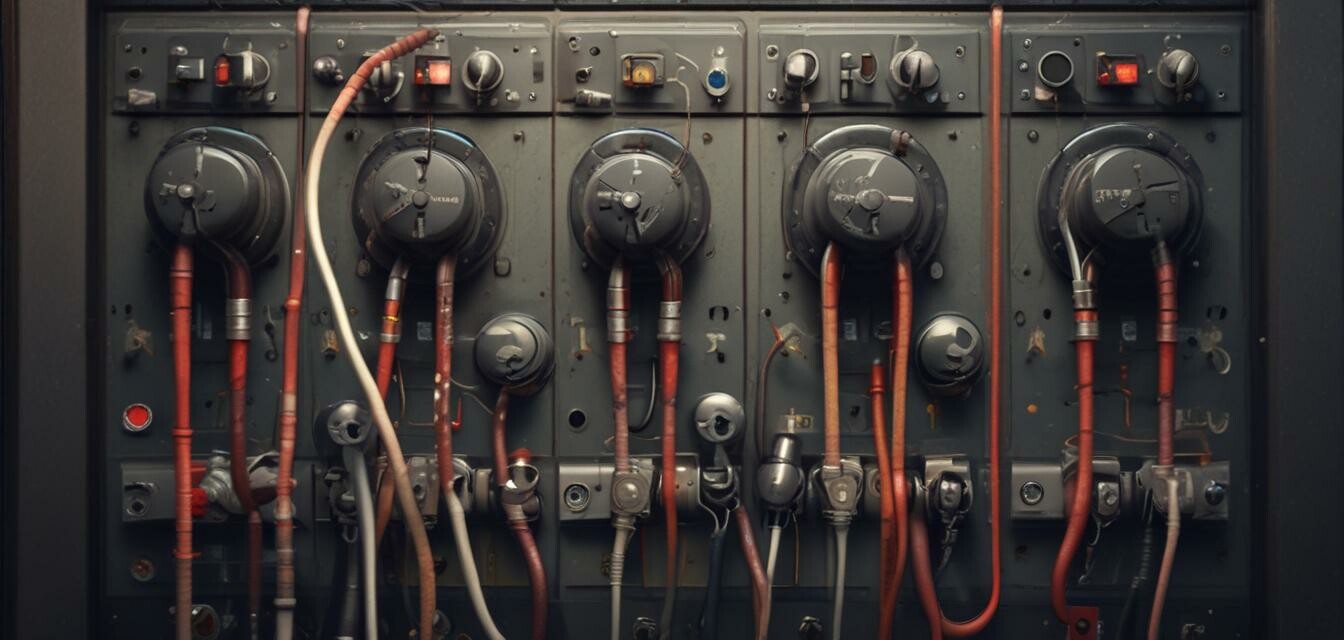
Comprehensive Guide to Grounding Systems
- Understanding grounding systems is crucial for safety and equipment protection.
- Installation methods vary; always follow local codes and regulations.
- Regular maintenance ensures grounding systems remain effective.
- Different types of grounding systems exist, each serving unique purposes.
- Proper grounding can prevent electrical hazards and equipment damage.
Grounding systems are essential components of any electrical system. They ensure safety, protect equipment from damage, and help in maintaining the overall integrity of the electrical installation. This comprehensive guide will delve into the importance of grounding systems, their installation methods, best practices, and the different types available. By understanding these aspects, electricians and DIY enthusiasts alike can make informed decisions regarding grounding.
Importance of Grounding Systems
Grounding systems are crucial for various reasons. Here are some key benefits:
- Safety: Grounding provides a safe path for fault currents, thus reducing the risk of electric shock and fire hazards.
- Equipment Protection: By diverting excess voltage, grounding systems protect sensitive electronics and electrical equipment.
- Regulatory Compliance: Most regions have codes that require proper grounding to ensure safety and functionality of electrical systems.
How Grounding Works
Grounding works by creating a direct connection between electrical systems and the earth. This connection allows excess electrical energy to be safely discharged into the ground, significantly reducing the likelihood of electric shock and equipment damage. The fundamental components involved in grounding systems include:
- Ground rods
- Grounding conductors
- Grounding plates
- Bonding jumpers
Types of Grounding Systems
There are several types of grounding systems, each serving unique purposes. Below is an overview of the most common types:
| Type of Grounding System | Description |
|---|---|
| Radial Grounding | This system uses a single point connection to the ground, typically found in residential installations. |
| Ground Ring | A continuous loop around a structure, providing several grounding points and useful in commercial applications. |
| Counterpoise Grounding | A system that utilizes horizontal conductors laid in the earth, suitable for high-frequency circuitry. |
| System Grounding | Used in transformer setups to stabilize voltage during normal operation and limit overvoltage. |
Installation Methods
Proper installation of grounding systems is crucial for efficacy and safety. Here are the steps commonly involved in the installation:
- Determine location for ground electrodes.
- Install ground rods or plates as per local electrical codes.
- Connect the grounding conductor to the ground electrode securely.
- Ensure proper bonding with other grounding systems in the building.
For more detailed information on installation and compliance, check our blog on buying electrician supplies.
Maintenance of Grounding Systems
Regular maintenance of grounding systems is essential to ensure they function correctly and provide safety. The maintenance steps include:
- Inspecting connections for corrosion and damage.
- Testing grounding resistance periodically.
- Reassessing the grounding system after any major electrical work in the building.
Best Practices for Grounding
Following best practices can enhance the effectiveness of grounding systems:
- Always adhere to local electrical codes and regulations.
- Use quality materials for installation to avoid premature failure.
- Document the grounding system layout for future reference.
- Educate all users of the electrical system about its grounding features.
Pros
- Enhances safety by preventing electrical shock.
- Protects equipment from power surges and faults.
- Improves equipment lifespan and performance.
Cons
- Improper installation can lead to equipment failure.
- Ongoing maintenance can be required.
Conclusion
Grounding systems are a critical aspect of electrical safety and efficiency. Understanding their types, installation, and maintenance can significantly improve safety and equipment longevity. By following the outlined best practices and staying compliant with local codes, electricians and DIY enthusiasts alike can ensure that their systems are safe and effective.
For additional information on various electrician supplies, consider browsing through our sections on tools and accessory kits as well as smoke detectors and safety equipment.